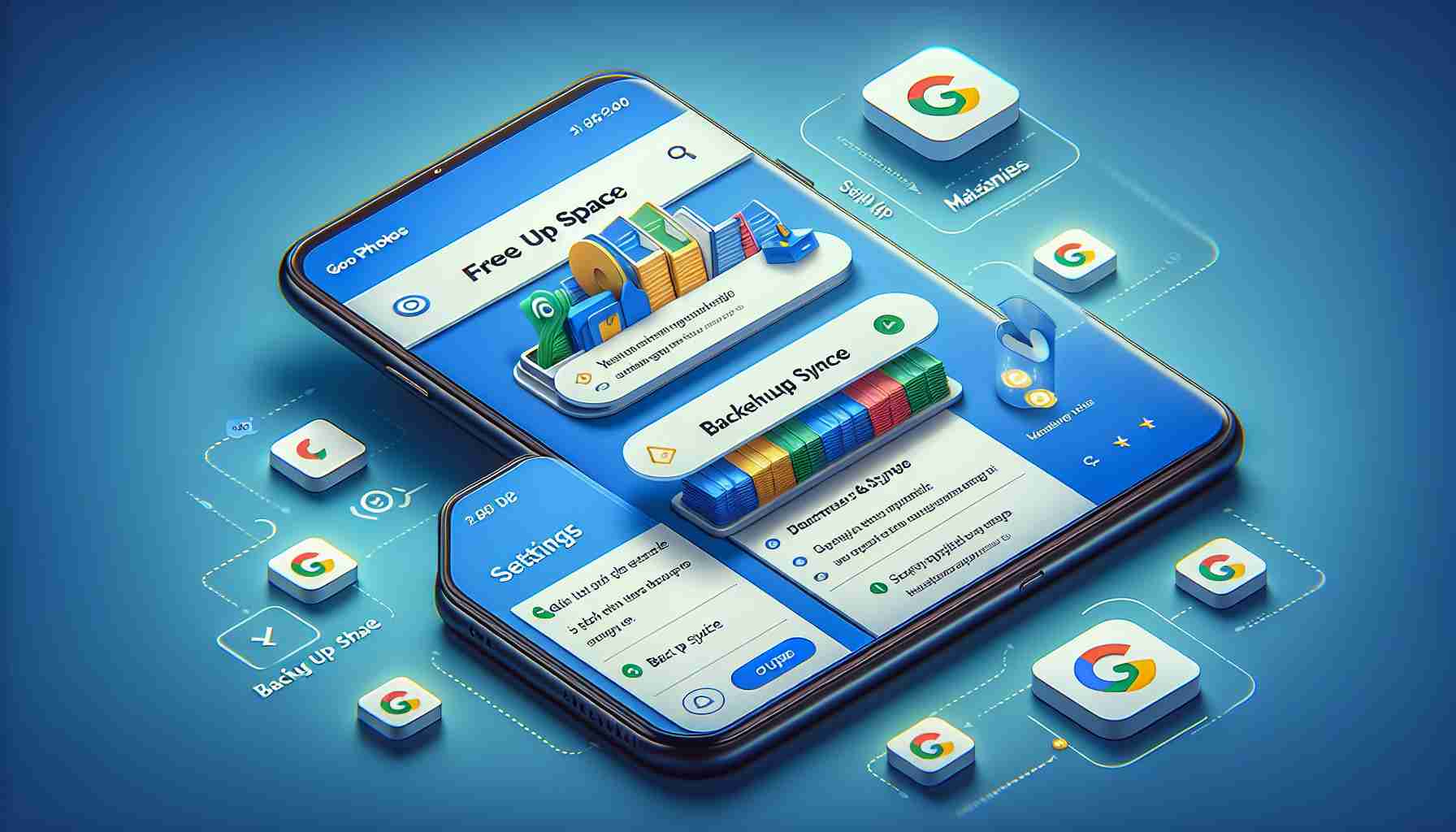Understanding the Integration of Google Photos on Android Devices
On nearly every Android smartphone, with the notable exception of HUAWEI, Google Photos comes pre-installed as an auxiliary gallery app that works in addition to the native app offered by the device manufacturer. It not only serves as a gallery extension but also creates a bridge between the device’s local storage and Google’s cloud services. This means that your photos and videos are stored not only on your smartphone but also online, potentially raising privacy concerns.
Navigating the Synchronization with Google Photos
For many users, the Google Photos app may come across as more intrusive than helpful, especially when manufacturers like Xiaomi actively prompt users to enable syncing. This feature can be helpful in preventing data loss. For instance, in the event of a device being misplaced or reset, Google Photos can help recover the lost files. However, constant syncing can be a nuisance for users who prefer to keep their data strictly on their device.
Disabling Sync and Clearing Photos from Cloud Storage
To maintain control over your media, it’s crucial to know how to manage Google Photos synchronization. Disabling the cloud backup feature within the app settings is the first step to prevent automatic uploads and merging of cloud and device storage. Once synchronization is turned off, it becomes safe to clear out the cloud storage, though this should be done meticulously to ensure that nothing is lost from the device.
Reclaiming Space: The Process of Deleting Photos from Google Photos
To delete photos and videos from Google Photos without affecting the ones stored locally on your device, access the service through the website photos.google.com rather than the mobile app. This ensures that your local gallery remains intact while clearing out space in the cloud.
Restoring Mistakenly Deleted Items
Just in case something goes wrong, Google Photos provides a safety net in the form of a trash bin on their website. Deleted items can be restored within a set period, giving users a chance to recover files that might have been accidentally removed.
Permanently Removing Google Photos App Is Possible
Those looking to permanently remove the Google Photos app from their devices may need to resort to using ADB tools from a computer due to its embedded nature within the Android operating system. This process, which involves enabling USB debugging and using command-line instructions, should be approached with caution but offers a thorough way to eliminate unwanted pre-installed apps.
Key Challenges and Controversies
One of the key challenges associated with managing Google Photos on Android is balancing convenience with privacy. While synchronization with Google Photos provides a seamless way to backup images and videos, it also raises concerns about data privacy, as photos become stored on Google’s servers. Users may worry about unauthorized access or the misuse of their personal photos within the cloud. Another challenge is managing storage space efficiently to avoid paying for additional cloud storage, especially after the end of Google’s free unlimited storage policy for high-quality photos in June 2021.
Advantages and Disadvantages
Advantages:
– Automatic Backup: Google Photos offers an easy way to ensure that photos and videos are backed up automatically, reducing the risk of data loss.
– Accessibility: Photos can be accessed from any device with an internet connection, not just the Android device they were taken on.
– Organization and Search: Google Photos uses advanced algorithms to facilitate the search and organization of photos, by places, dates, or objects within the images.
Disadvantages:
– Privacy Concerns: Storing personal photos on the cloud can lead to privacy concerns. It is essential to manage sharing settings and be aware of Google’s privacy policies.
– Cost: Users may need to pay for additional storage if they exceed the free storage limit provided by Google.
– Internet Dependency: Full functionality of Google Photos, including accessing and uploading photos, requires an internet connection.
Relevant Additional Facts
– Google Photos’ free unlimited storage for “high quality” photos ended on June 1, 2021. Now, all photos and videos uploaded count toward the free 15 GB of storage that comes with every Google Account.
– Google Photos allows users to create albums, photo books, and shared libraries, which can be useful for collaborating with others.
– Photos synced to Google Cloud are available across devices logged into the same Google Account, allowing for easy transfer and sharing between phones, tablets, and computers.
Related Link
For more information about Google’s offerings and their approach to privacy, you can visit the main domain: Google.
Managing Google Photos on Android, therefore, requires a careful approach to ensure that convenience does not compromise user privacy and control over their digital content.
